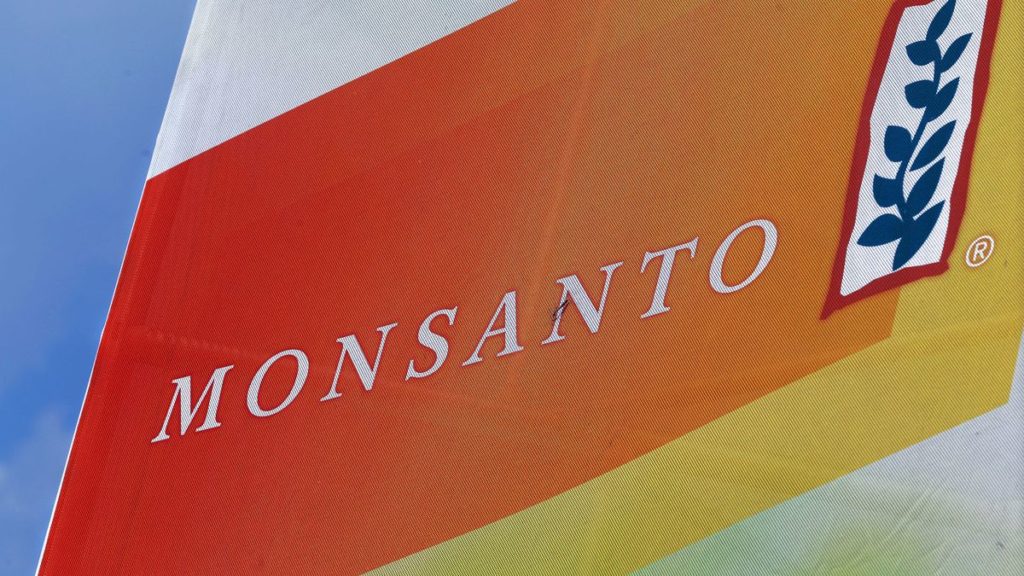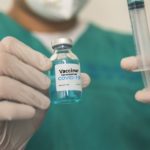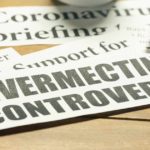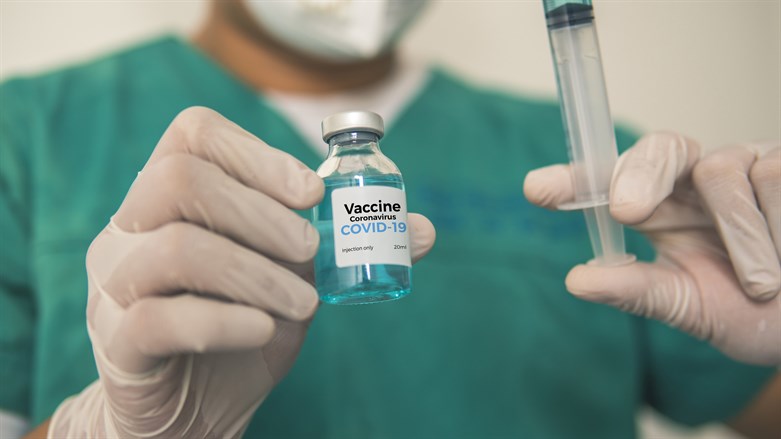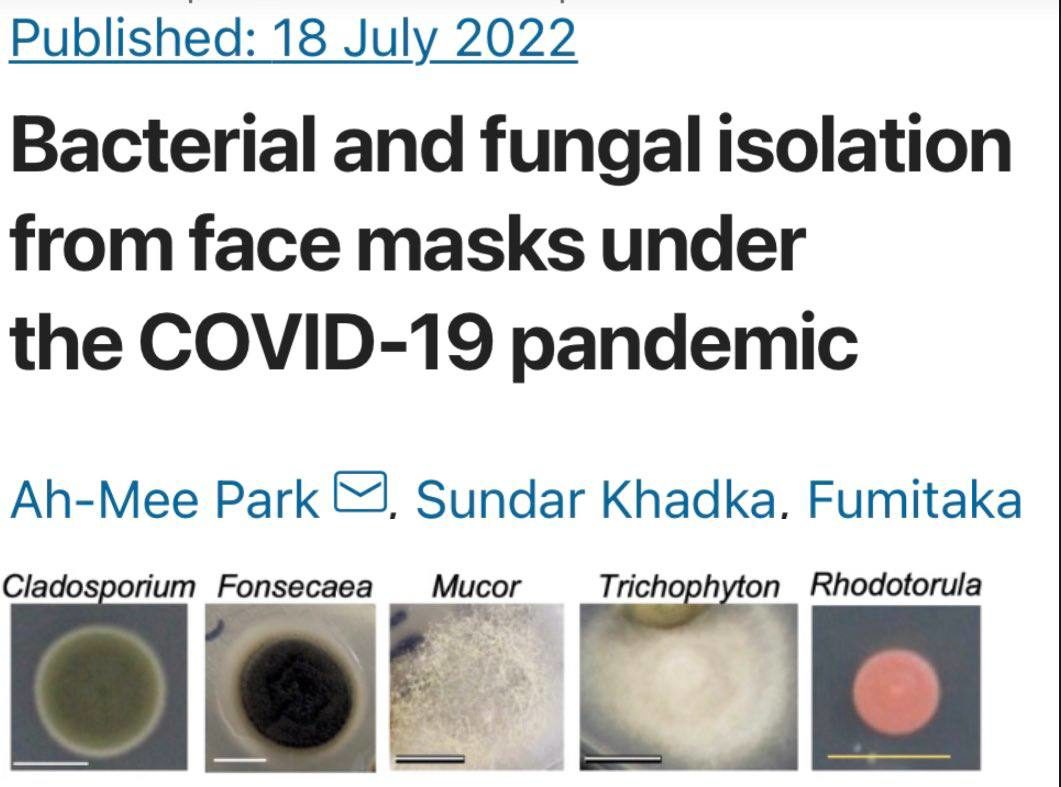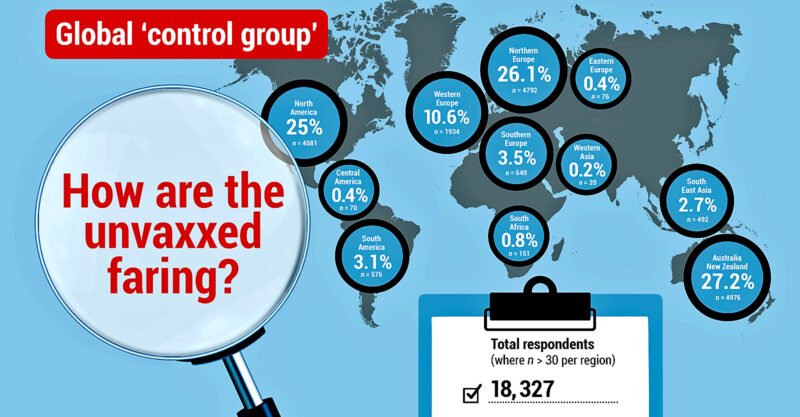The state of Washington will receive tens of millions of dollars in a settlement against Monsanto over its manufacture of toxic chemicals that were deposited decades ago in Washington soil and water and continue to wreak environmental damage today.
The Environmental Protection Agency (EPA) considers PCBs “probable human carcinogens,” saying clear evidence shows these compounds cause cancer in animals and also could affect an animal’s immune, reproductive, nervous and endocrine systems.
Monsanto stopped manufacturing PCBs in 1977, and they were banned two years later in the United States.
PCBs were used largely to prevent electrical fires, said Joel Baker, a professor of environmental science at University of Washington – Tacoma and the director of the Puget Sound Institute.
“Electrical equipment was filled with this oil to prevent it from catching on fire,” Baker said, adding that the inert oil was often the color of honey. “They’re incredibly stable chemicals. They were designed to be that way.”
Baker said PCBs don’t break down easily in the environment and tend to accumulate in food webs. The fat-soluble chemicals often end up stored in animals’ fat reserves. For mammals, which provide nutrition to their offspring with milk that’s rich in fat, PCBs can “go along for the ride” and cause developmental delays, Baker said.
PCBs remain so widespread in ocean food chains that a 2018 study in the journal Science predicted a global collapse of many orca populations because of these compounds’ effect on immune and reproductive function.
In Seattle, government agencies have spent hundreds of millions in an ongoing project to remediate a portion of the lower Duwamish River, which was designated a Superfund site in 2001.
The river’s industrial past has made it a hotspot for PCBs, which leached into nearby soils and the river from electrical equipment, paints and even runway caulking from a Boeing plant on the river’s east bank, according to the EPA.
PCBs are difficult to get rid of because they have to be incinerated at extreme temperature.
“Super expensive,” Baker said. “You can imagine how hard it is to burn mud.”
Instead, remediation often involves digging up the sediment and isolating it.
“Dig up the mud, take it somewhere, put it into a landfill, seal up the contaminated sediment and prevent it from being released,” Baker said, summarizing the typical process to remove PCBs from the environment.
The EPA is leading a more-than $300 million cleanup of industrial pollutants in the Duwamish, which involves dredging the river or capping its bottom with clean sand and gravel, among other processes.
The Washington Department of Health warns those fishing on the Lower Duwamish River against eating their catch of resident fish and shellfish because of contaminants.
Monsanto, which is now owned by the German corporation Bayer, will pay $95 million to settle Washington’s legal complaint, according to a settlement court document. At least $60 million of that money will go into the state’s general fund, and Ferguson is urging legislators to use that money for environmental cleanup of PCB contamination, according to a news release. Outside law firms that worked on the case will receive some $21.25 million. About $10 million will be invested on the attorney general’s Environmental Protection Division, which led the case and is funded through successful lawsuits.
“Washington has been shouldering the health and environmental costs of PCB contamination and clean up for decades. This record payment holds Monsanto accountable for the harm they inflicted on our state,” Ferguson said in the news release, adding that Monsanto had known for years its product was dangerous.
The city of Seattle in 2016 sued Monsanto over PCBs. That case remains ongoing and the city does not plan to be part of the class.
“The environmental damage to our Lower Duwamish Waterway totals in the hundreds of millions of dollars,” said Dan Nolte, a spokesman for the City Attorney’s Office. “The cost to reduce PCBs identified in the City’s stormwater system is very high, and we will continue spending millions until PCB contamination remediation is complete.”
Nolte said the case could go to trial as soon as next year, and that the city remains open to settlement, but that the “numbers discussed need to be commensurate with the damages endured.”
Source: Seattle Times
Sometimes you just have to ask yourself: WHAT ARE THE CHANCES OF THAT ? – #watcot

